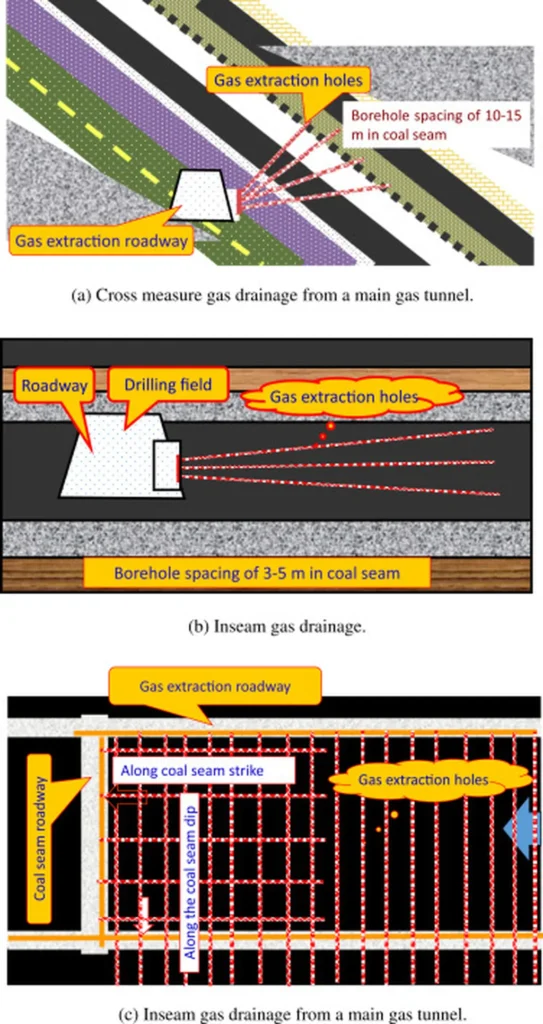In the heart of China’s Yunnan province, the Zhaotong Tunnel project has encountered a formidable challenge: high ground stress and low permeability in deep-buried coal seams, which have led to frequent borehole collapses and drilling jams. These issues have significantly hampered gas drainage efficiency, a critical safety and operational concern in coal mining. However, a recent study led by WANG Ziqi from the Key Laboratory of In-situ Property Improving Mining at Taiyuan University of Technology is shedding new light on these problems and offering promising solutions.
The research, published in the Journal of China University of Mining and Technology, investigates the instability mechanisms of boreholes in high-stress pulverized coal seams and optimizes drilling parameters to enhance gas extraction. “Understanding the behavior of boreholes under high ground stress is crucial for improving gas drainage efficiency and ensuring safety in deep coal mining,” WANG explains.
The study employs a multidisciplinary approach, combining mechanical modeling, numerical simulations, and field tests. WANG and his team developed a mechanical model to characterize the “dumbbell-shaped” plastic zone that forms under high lateral pressure coefficients (λ>1). They found that the lateral pressure coefficient λ governs the morphology of this plastic zone, with significant implications for borehole stability and gas drainage.
Using COMSOL Multiphysics simulations, the researchers analyzed stress distributions for boreholes with different diameters and depths. They discovered that a 500 mm aperture borehole’s plastic zone expands to 1.9 times that of a 350 mm borehole, leading to a 60% increase in gas drainage volume. However, this also requires enhanced support for transverse fractures.
The practical implications of this research are substantial for the energy sector. By optimizing borehole diameters and depths, mining operations can improve gas drainage efficiency, reducing the risk of gas outbursts and enhancing safety. Moreover, the insights gained from this study can inform the design of more effective drilling strategies in high-stress environments, potentially leading to significant cost savings and improved productivity.
As the energy sector continues to evolve, the need for efficient and safe coal mining practices remains paramount. This research by WANG Ziqi and his team represents a significant step forward in addressing these challenges. “Our findings provide a solid foundation for further research and practical applications in deep coal mining,” WANG notes, highlighting the potential for future developments in this critical field.
In the quest for safer and more efficient coal mining practices, this study offers valuable insights and practical solutions. As the energy sector grapples with the complexities of deep coal mining, the work of WANG and his team serves as a beacon of progress, illuminating the path forward.

